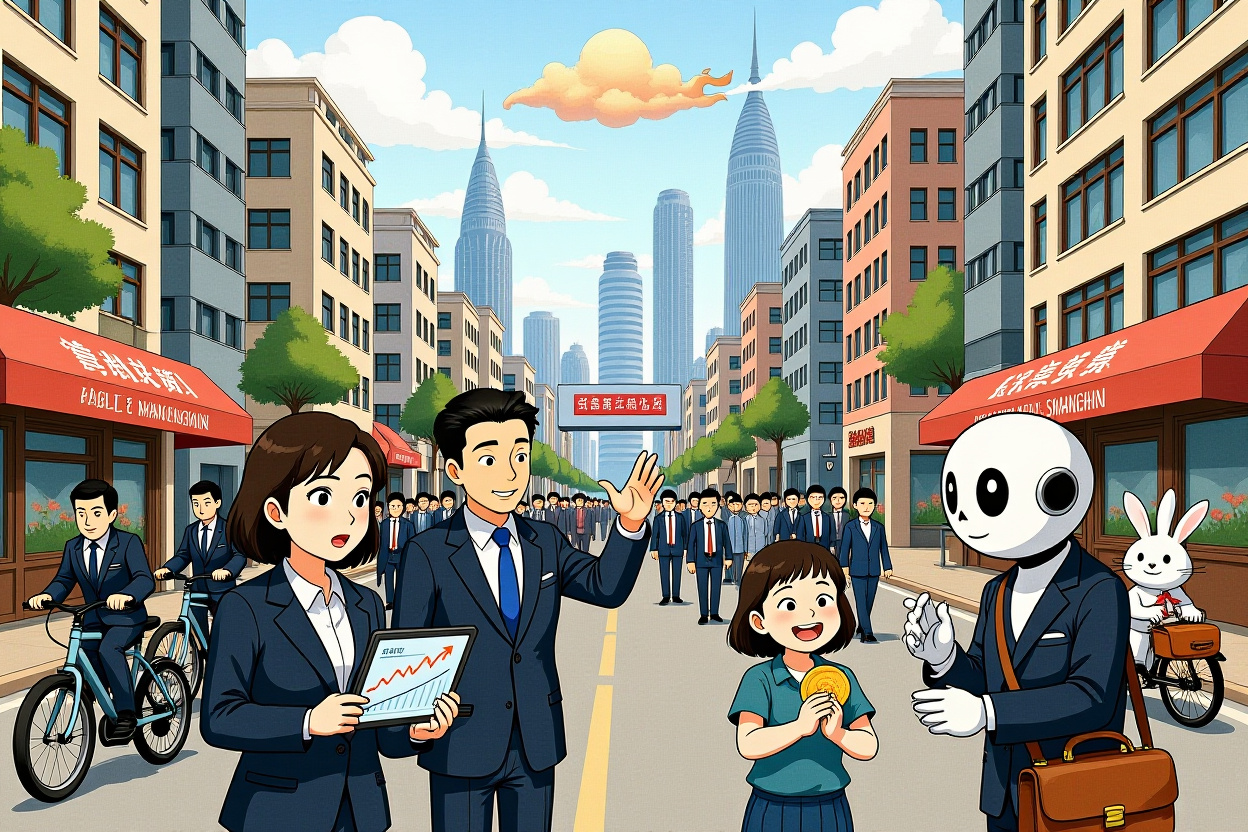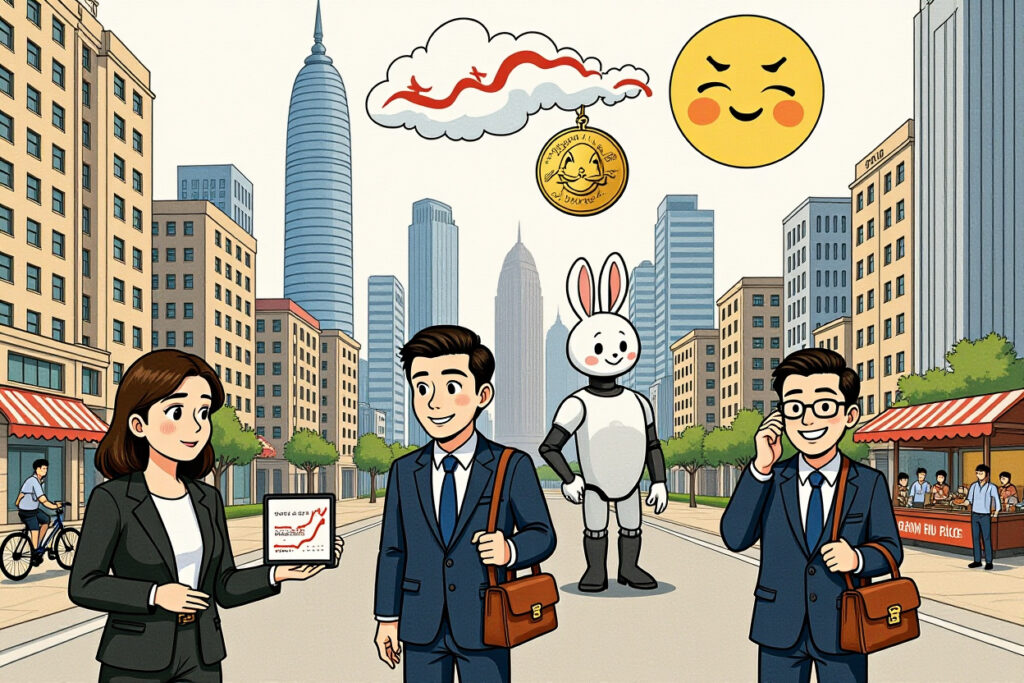The Tariff Standoff Escalates
The Trump administration’s imposition of record 50% tariffs on Brazil and India has created an unprecedented trade deadlock at the worst possible time. With ordering season for 2026 summer collections underway, manufacturers and exporters face impossible decisions as negotiations show no signs of progress. Brazilian Finance Minister Fernando Haddad (费尔南多·阿达) has openly stated that resolving this impasse depends more on Washington’s willingness to negotiate than any action Brazil can take.
The timing couldn’t be worse for global supply chains. Companies that planned their production cycles months in advance now face catastrophic cost increases that threaten to make entire business models unviable. The Trump tariffs represent not just a bilateral trade issue but a potential reshaping of global manufacturing networks that have taken decades to establish.
India’s Manufacturing Ambitions Under Threat
India faces particularly severe consequences from the Trump tariffs regime. Beginning August 7th, the United States imposed 25% tariffs on Indian goods, with an additional 25% tariff scheduled for August 27th – bringing the total to 50% on most products. The justification cited India’s import of Russian petroleum products, but the economic impact extends far beyond energy trade.
Key Industries Affected
The 50% Trump tariffs target India’s core export sectors: textiles, jewelry, auto components, and seafood. These industries employ millions of workers and represent crucial foreign exchange earnings for India’s economy. The exemptions for electronics like Apple products and pharmaceuticals provide limited relief, as these represent more capital-intensive but less employment-heavy sectors.
According to Fitch Ratings, the Trump tariffs could force a downward revision of India’s 2026 GDP growth projection of 6.5%. The indirect effects on corporate performance could be even more severe as supply chains reconfigure and investment plans are shelved.
Manufacturing Exodus Risk
Prime Minister Narendra Modi’s (纳伦德拉·莫迪) ‘Make in India’ initiative, which aimed to increase manufacturing’s share of the economy to 25%, now faces existential threats. Current manufacturing stands at just 13% of GDP, down from 16% in 2015. The Trump tariffs make India the highest-tariff country in Asia, potentially triggering what industry leaders call the ‘India+1’ strategy – where companies maintain some presence in India but shift significant production elsewhere.
Rafeeque Ahmed, Chairman of Farida Group, explained the devastating math: ‘With 25% tariffs, you can still produce, offer discounts, negotiate with buyers, and adjust margins. But at 50%, you earn nothing.’ His company has frozen a $114 million expansion project specifically designed to serve the American market.
Brazil’s Constitutional Conundrum
Brazil’s situation involves even more complex political dimensions. The tariff dispute has become entangled with Brazil’s domestic politics, particularly regarding former President Jair Bolsonaro’s legal troubles. The cancellation of a scheduled video conference between Minister Haddad and U.S. Treasury Secretary Janet Yellen on August 13th revealed the depth of political interference.
Political Pressures Derail Negotiations
Soon after the cancelled meeting, Secretary Yellen appeared on social media with Eduardo Bolsonaro, son of the former Brazilian president and a congressman who has been lobbying in Washington for sanctions against judges overseeing his father’s cases. The U.S. has reportedly demanded that Brazil’s Supreme Court halt proceedings against Bolsonaro – a demand Minister Haddad called ‘constitutionally impossible.’
Haddad explained the fundamental problem: ‘The Supreme Court is independent of the government under our constitution. The impasse exists because the U.S. is trying to impose a solution that cannot be fulfilled.’ When asked about breaking the deadlock, he noted that Brazil’s ‘exit door is open, but resolution depends more on the other side than on us.’
Seeking Alternative Partnerships
With U.S. negotiations stalled, Brazil is accelerating efforts to diversify trade relationships. Minister Haddad expressed confidence that the EU-Mercosur trade agreement, creating a market of 700 million people, could be finalized by year-end. President Luiz Inácio Lula da Silva (路易斯·伊纳西奥·卢拉·达席尔瓦) has been actively engaging with French President Emmanuel Macron to overcome resistance from France and other EU countries concerned about the agreement’s impact on European farmers.
Haddad highlighted Lula’s unique diplomatic position: ‘Whether you like him or not, he’s probably the president who knows the most people worldwide. He can communicate with everyone.’ This diplomatic capital becomes crucial as Brazil navigates what Yan Guangpu (严光普), anti-dumping financial expert at Daoyue Legal Consulting, identifies as a dramatic tariff escalation from Brazil’s previous 10% rate to the current 50% on approximately 35.9% of exports to the U.S.
Economic Impact Assessment
The economic consequences of the Trump tariffs extend beyond immediate trade flows to fundamental restructuring of global supply chains. Bloomberg Economics estimates suggest Indian exports to the U.S. could decline by 60%, risking nearly 1% of GDP. Without the pharmaceutical and electronics exemptions, the decline could reach 80%. Even the initial 25% tariff would likely reduce Indian exports by 30%.
Sector-Specific Vulnerabilities
Certain Indian companies face disproportionate exposure. Biocon Biologics derives nearly 40% of revenue from the U.S. market, with products manufactured in India and Malaysia. Crop protection chemical giant UPL gets 10-12% of revenue from American operations. While sectors like IT services, oil and gas, cement, construction, telecom and utilities face minimal direct impact, the secondary effects through supply chain disruption could be substantial.
Fitch warns that U.S. tariff increases may cause supply to shift to other markets, particularly concerning given that Trump tariffs on India remain higher than those applied to other Asian markets. Before the additional 25% tariff, India faced 25% rates – already higher than Bangladesh (20%), Vietnam (20%), and Thailand (19%). The new 50% rate creates an almost insurmountable competitive disadvantage.
The Ordering Season Crisis
Ajay Sahai, CEO of the Federation of Indian Export Organizations, reports that exporters might see immediate demand drop by 20%. With the 2026 summer ordering season underway, the timing creates perfect storm conditions. ‘I receive 80-90 calls daily from exporters asking about these issues, seeking solutions and ways forward,’ Sahai stated. ‘Doing business in this tariff environment is extremely difficult.’
Some manufacturers resort to drastic measures to retain customers. Sudhir Sekhri, Managing Director of Trend Setters Group, acknowledged that the only way to keep buyers is through significant discounts – a unsustainable solution that erodes profitability across the sector.
Negotiation Status and Prospects
The cancellation of the U.S. Trade Representative’s planned visit to New Delhi from August 25-29 signals how far apart the two sides remain. Although contacts continue, no new negotiation schedule has been established. Both the U.S. and India had hoped to reach initial bilateral trade agreements this fall, but time is increasingly working against compromise.
The Brazil Negotiation Impasse
Brazil’s situation appears even more intractable due to the political dimensions. The requirement for Brazil’s judiciary to interfere in Bolsonaro’s case represents a fundamental misunderstanding of Brazil’s constitutional separation of powers. As Minister Haddad noted, the solution depends on Washington recognizing that some demands cannot be met, regardless of negotiation tactics or economic pressure.
Brazil continues to seek tariff relief, particularly for coffee exports, but the political complications make progress unlikely in the short term. The combination of economic pressure and political interference creates a negotiation environment where traditional diplomatic and trade resolution mechanisms struggle to gain traction.
Long-Term Strategic Implications
P Senthilkumar, partner at Vector Consulting Group, notes that India’s small market share in many product categories means American brands could relatively quickly shift supply chains if they choose. The longer uncertainty persists, the more companies will actively develop alternatives to Indian and Brazilian sourcing.
The Trump tariffs thus threaten not just immediate trade volumes but long-term strategic positioning in global supply chains. Manufacturing investments that might have gone to India or Brazil will increasingly consider Vietnam, Bangladesh, Mexico, or other countries with more stable trade relationships with the United States.
Pathways Forward and Global Implications
The resolution – or continued deterioration – of these trade disputes will have ramifications far beyond bilateral relations. They represent a test case for how the global trading system adapts to increasing great power competition and the weaponization of economic relationships.
For businesses caught in the crossfire, diversification becomes not just a strategy but a survival necessity. The ‘China+1’ strategy that gained prominence during U.S.-China trade tensions now extends to ‘India+1’ and ‘Brazil+1’ as companies seek to mitigate concentration risk in their supply chains.
The coming months will reveal whether negotiation can resolve these disputes or whether the Trump tariffs will accelerate the fragmentation of global trade into competing blocs. For exporters in India and Brazil, and for American companies relying on their products, the stakes could hardly be higher.
Monitor trade negotiation developments closely and consider diversifying supply chains to mitigate tariff risks. Engage with industry associations and government representatives to advocate for reasonable solutions that preserve vital trading relationships. The stability of global commerce depends on finding pathways through current tensions.




